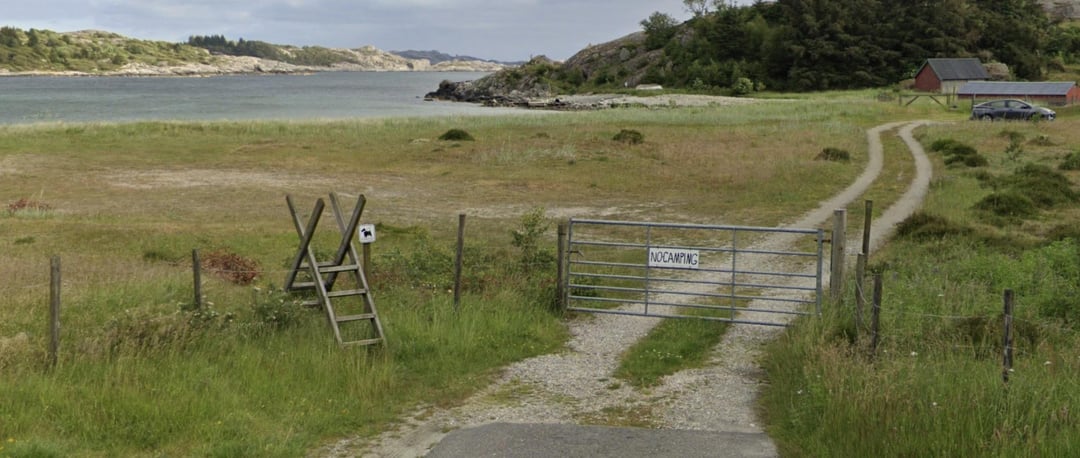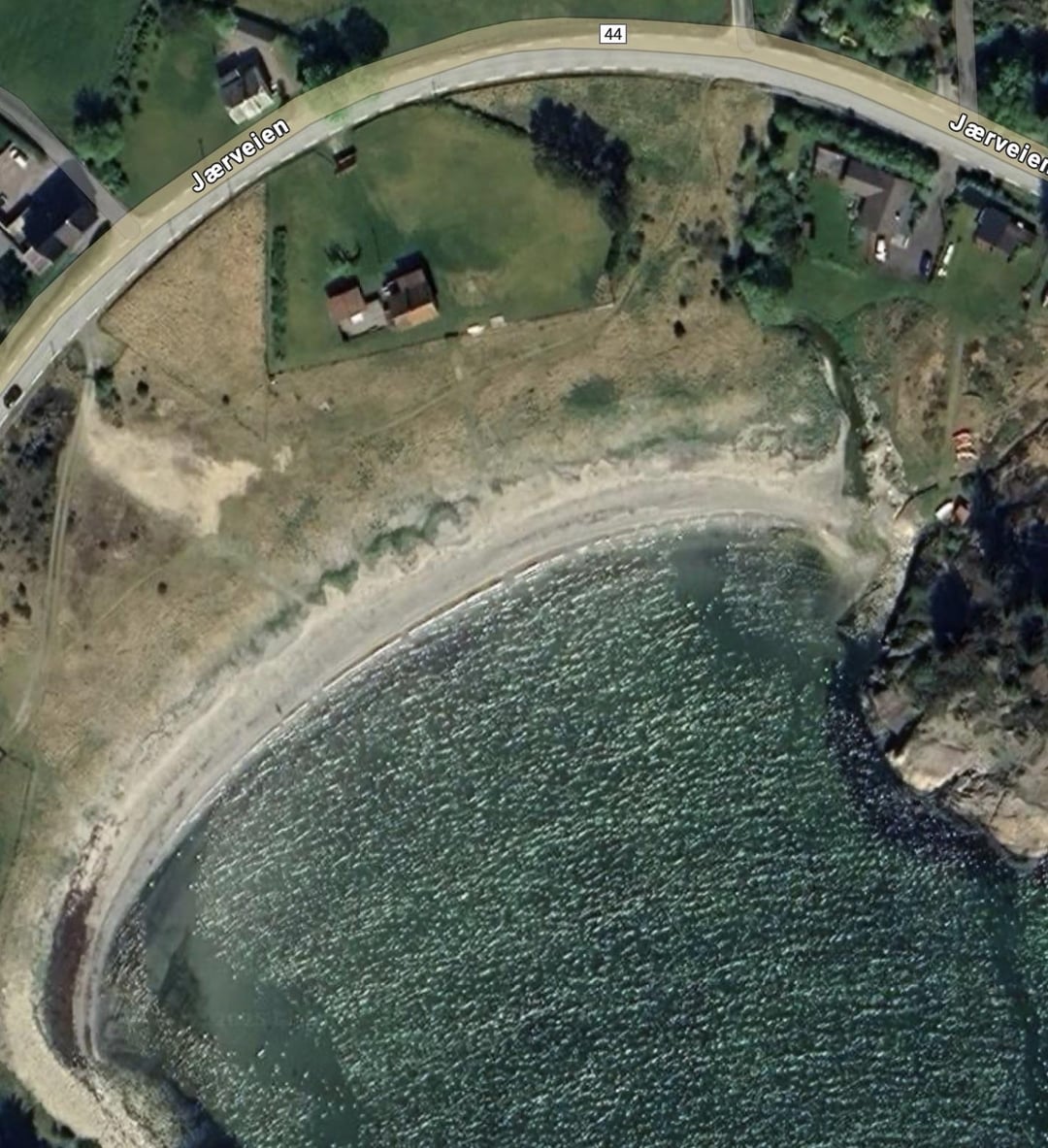

I'm a planning a roadtrip through Norway and want to respect boundaries. I have seen these barriers in other countries and you are normally allowed to cross through them. I found this beach on google maps, is this somewhere I can open the gate and park to use the beach for the day as long as I am not camping?
by Sad-Career127
12 comments
You should park on the road and use the stile to walk to the beach.
Edited as per the comment below: park legally on the side of the road.
Yes. There is even a ladder for you to use, they don’t want campervans or so on the beach
I’ve talked to many pasture owners, when I have been on shroom-hunting trips (the magical kind).
They usually don’t care what you do, as long as you don’t make a mess or in the way of anything.
“Sure, go for it, just make sure the gate is closed and don’t litter please” Is the answer I usually get.
Should be fine, yeah.
Can you legally restrict access to the beach like that in Norway?
If it’s not marked “private road” then you can open and drive in. The problem with that site is that when turning off the sandy road to park you are really breaking the law on driving offroad. Unless there are prepared parking spots. This law is exactly there to stop wear from *creating* things like new roads and parking spaces.
That one is so established that we’re in gray zone territory.
If parking along the road in a place where there is no dedicated space the speed limit must be 50 or less.
You can walk through the gate and along the beach, but not camp within 150m of a house or occupied cabin.
Edit, added first paragraph
**TLDR**. Do not drive past the gate. It’s probably ok to pass on foot as long as you don’t park like an asshole (along the public road), bring all your trash with you and close the gate after you. But I would really just drive on to the larger beach in Brusand which has public parking and is a really nice beach.
Norway has fairly liberal Freedom to roam laws that are defined in The Outdoor Recreation Act.
When crossing other peoples property there is a separation between *innmark* and *utmark* which are areas such as pastures, forests, etc. not directly adjacent to a house. Pastures and fields that are fenced off are by definition innmark.
On *innmark* your right to roam is severely restricted and it should generally be avoided. If you do make sure to disturb the owners as little as possible.
However there is also a right to bathe and access the shoreline (within a reasonable distance from habitation) and in this case there is an established foot path.
The right to roam does not cover automobiles. Stay off private roads.
[Right to access – The right to roam. ](https://www.visitnorway.com/plan-your-trip/travel-tips-a-z/right-of-access/)
It’s a privately owned area, so I would check with the owner if you want to park on their property. Or you could park outside of their gate and walk to the beach. That’s allowed.
Thanks everyone, this clears things up. I’ll see what time I arrive and if I can find the owner or check out Brusand beach; doing 10 days of roadtrip / tent camping and looking to freecamp as much as possible; the right to roam seems simple and not at the same time. Maybe because I’m not used to the concept.
Visit Norway sums up the right to roam in Norway [**here**](https://www.visitnorway.com/plan-your-trip/travel-tips-a-z/right-of-access/)**.**
Keep in mind that you should camp at least 150 metres away from the nearest inhabited house or cabin. This rule applies not only to tents, but also to vans, mobile homes, and caravans.
Be aware that local (municipal) regulations may be stricter, particularly regarding leash laws for dogs and the use of campfires. In many popular tourist areas, such as Lofoten or the fjords of western Norway, there may also be additional restrictions on free camping.
Personally, I think it’s courteous to ask landowners or farmers if you plan to camp near their property. My uncle, who runs a small dairy farm in a remote area next to a beautiful beach, used to find it an invasion of privacy when people would camp on their land without so much as introducing themselves. A quick conversation goes a long way in showing respect and avoiding misunderstandings.
Generally speaking, as long as you’re respectful and follow best practices, you’ll be fine. However, in areas experiencing overtourism or approaching their environmental or social capacity limits, locals may be less welcoming of free camping. Even if you’re within your legal rights, such as accessing the coastline and setting up camp, it’s important to consider the local context. In heavily visited regions, residents often prefer that visitors use established campsites. Doing so helps support the local economy, ensures access to sanitary facilities, and protects the surrounding nature.
If you bring a dog, please keep it on a leash. We’ve had numerous instances of dogs scaring lambs out into the sea, or biting them so they needed to be put down.
Comments are closed.